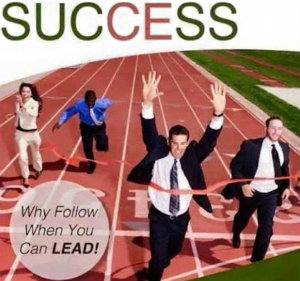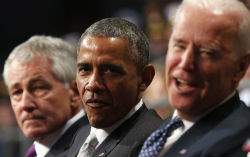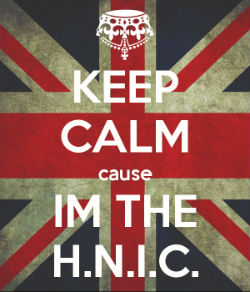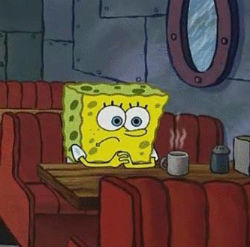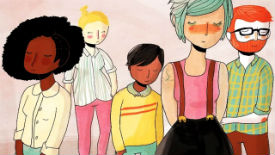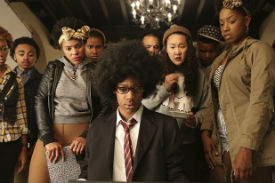“Is this what progress feels like?!” That was the first of many questions which jumped in my mind while reading a recent Atlantic magazine article by Dr. Adia Harvey Wingfield which presents a view of workplace diversity from the perspective of people whose bodies and backgrounds have added color to the canvas of the professional workplace.
I almost didn’t make it past the tag line of Dr. Harvey Wingfield’s October 2015 article, Being Black – but Not Too Black – in The Workplace. In fact, I barely made it past the article’s headline photo and subtitle.
This picture appears above the article’s subtitle: “Being a person of color at a predominantly white workplace creates its own special kinds of stress.” For those who don’t follow politics or government that closely, the man to the left of President Obama is Chuck Hagel, who served in Obama’s cabinet as the former Secretary of Defense from 2013 to 2015.
So the question underlying The Atlantic‘s editorial decision to combine this photo with the article’s headline and subtitle is: When you are a person of color in the U.S., are you ever truly in charge? How should we think about the magazine’s choice to begin a discussion about the visibility of African-Americans and other people of color in the workplace with a subtle reminder that even the Black man in charge of America is not really running the show?
Over the past seven years, there has been much commentary about how President Obama has balanced the power that accompanies his job title as Leader of the Free World with the relative powerlessness that accompanies his racial title as American Man of African Descent.
It is this tension – between the carry-on bag of an individual’s professional goals and the over-sized luggage of his/her racial group’s history in America – that is at the center of Dr. Harvey Wingfield’s article.
“To be a black professional is often to be alone. Most black doctors, lawyers, journalists, and so on—those in white-collar positions that require specialized training and credentialing—work in environments where they are in the racial minority.”
There are degrees of severity when it comes to talking about a worker’s sense of alone-ness in a workplace. At the lowest level, there is benign loneliness. This occurs when an individual’s status as the only member of a group is unlikely to negatively impact their daily work experience. It’s like being the only person who likes Chipotle at your job. You may have to eat by yourself every now and then, but your colleagues are not (likely) going to hold your minority status against you.
Then there’s passive isolation. This occurs when an individual is not perceived to have shared interests with his/her colleagues. For example, if a group of colleagues has tickets to a sporting event, and they know (or assume) that you do not watch/enjoy such events, you won’t be included on the group email invitation. This kind of isolation can also occur for other hybrid social-professional spaces such as happy hours, fundraising galas, and golf outings. The damage to the isolated individual occurs on multiple levels in situations of passive isolation. If you never knew an event was taking place, not only are you unable to ask to be included, but you can’t even find out what happened at the event afterwards by asking your colleagues about their experiences.
In addition, there are informal social bonds of trust that develop and strengthen when you spend time with colleagues outside of formal work spaces. These bonds of trust serve as dedicated and encrypted lines for information about company/organization news, career opportunities, and office politics. A professional who doesn’t have access to this insider information will always be a day late and a dollar short…no matter how hard they work or how qualified they may be.
The most extreme form of workplace alone-ness is solitary confinement. Unlike passive isolation – which often occurs without pre-mediated malice on the part of one’s colleagues – solitary confinement is a direct result of intentional actions taken by a group of co-workers (or individual supervisors) against another worker. Often the perception of “he/she is not one of us” is at the root of such mistreatment, and sometimes that perception has to do with a worker’s cultural/ethnic difference from the dominant culture in his/her workplace. However, the bar is extremely high for workers who try to claim that they have been harmed by racial discrimination, prejudice, or bias. Thus an individual in this situation is often left with two bad options: Suck It Up or Get Out.
“Beyond outright discrimination, which many still face, there are psychological costs to being one of just a few black faces in a predominantly white environment.”
The idea of “predominantly white environments” forces us to wrestle with whether – in the year 2015 – the presence of people of color is viewed as a basic ingredient in a company/organization’s recipe for success, or whether people of color function primarily as demographic chasers that help to dilute the Whiteness of a workplace down to a politically correct proof level.
Secondly, we are reminded that while it is difficult to identify commonly shared traits, values, and practices among all African-Americans (or among the members of any large racial/ethnic demographic group in the U.S.); it is basically impossible to identify the beliefs and practices that determine white environments. How do we know if a workplace is a white environment? Is it purely a function of the pie chart distribution of physical features present in the employees? Do professional workplaces exist on a continuum of Whiteness (All White ⇒ Predominantly White ⇒ Mainly White ⇒ Not So White), or do they exist in a pure binary (White / Non-White) paradigm?
“In particular, black professionals had to be very careful to show feelings of conviviality and pleasantness, even—especially—in response to racial issues.”
It is a sobering idea that the places people go to earn a living can also be spaces that psychologically impair their ability to enjoy their lives. In her article, Dr. Harvey Wingfield discusses some of the careful interpersonal relationships which Black professionals navigate at their jobs, where the primary goal is to avoid confirming historical negative racial stereotypes that were created during some of the darkest and most reprehensible periods in our nation’s history. The idea that Black professionals still feel the need to modify themselves – not to more effectively perform their jobs, but to alleviate the fear and suspicion of their coworkers – is an indictment against the narrative of a post-racial America.
“Put simply, they can be visibly black, but don’t want to be perceived as stereotypically black.”
This may be the most heart-breaking sentence in the entire article. I have spent a significant portion of my adult life mentoring and teaching young people, the majority of whom are Americans of African Descent. I stand with the army of parents, educators, counselors, coaches, mentors, volunteers, religious leaders, community activists, and concerned citizens who enter disempowered and unserved communities across our country to engage in an aggressive fight for the hearts and minds of young people who have turned a collective side-eye to the American Dream and to the social contract that makes our society possible.
There is excellent analysis and commentary related to the challenges other American racial groups face when engaging traditionally white institutions. Since the excerpt above relates specifically to Black people, we must deal with what happens to adults in our country whose livelihoods depend on some arbitrary notion of how much Black is acceptable before the “stereotypically black” trap door is triggered and their careers fall through the floor.
What happens in the homes of these adults, in the conversations they have with their children about how to succeed in America? What happens to the psyches of their children, who have to decide whether all the pulled-up pants, pulled-down skirts, firm handshakes, strong eye contact, good posture, and proper diction will actually lead them to a dignified and prosperous life in America?
We all wear various masks to perform various roles depending on our surroundings and our objectives. We each modify our behaviors to increase the likelihood of favorable responses from colleagues, employers, and customers. I am not attempting to argue against that.
However, as a society we have to ask ourselves whether racial equality in the workplace means that non-white workers in general (and Black workers in particular) are treated like toasted bread, where some level of browning is acceptable, but if they are too black, they are deemed unsuitable and are discarded.
– Day G.
Host, Class of Hope & Change
